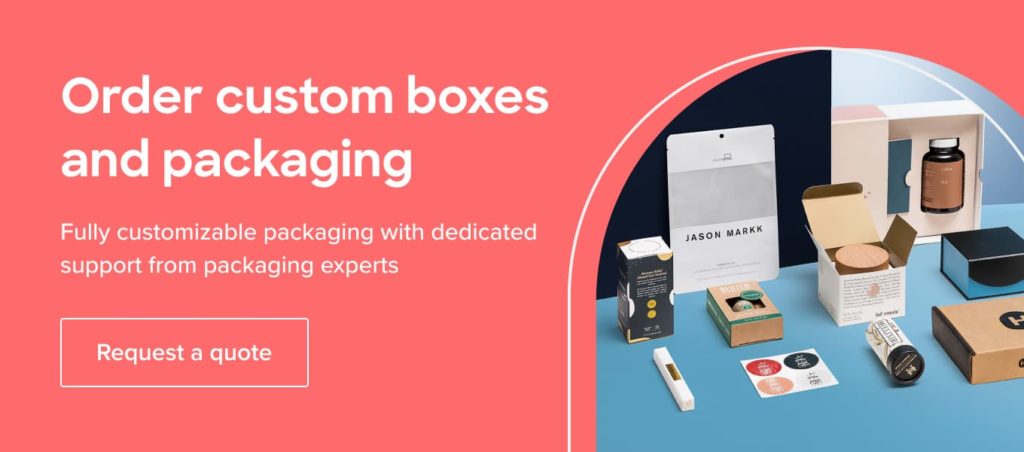Table of Contents
It’s the year 2022 and a lot has happened to so many different industries due to the last 2 years of COVID-19.
However, consumers have a growing appetite for food packaging that stands out and has a unique value proposition in a world that has become so monotone.
This year there is a wide range of trends that are dominating the market for brands to sink their teeth into.
Satisfy consumer appetites by investing in packaging — with a wow-factor.
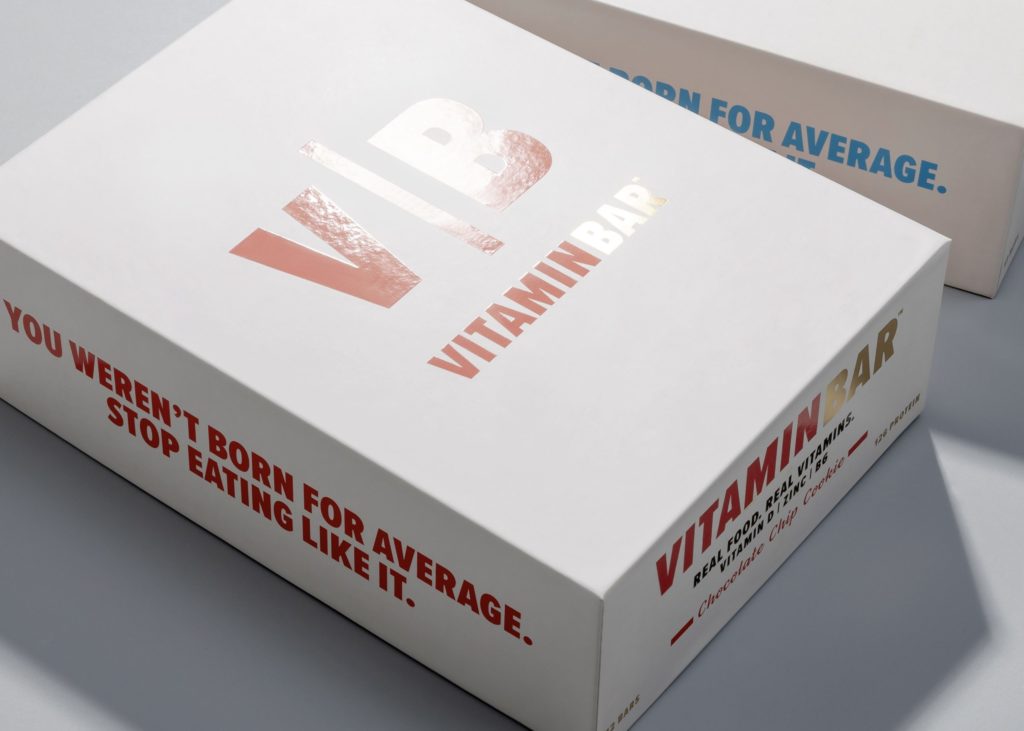
Maintain your competitive advantage by aligning your food packaging with your brand values, pushing the envelope of innovation, and creating a truly memorable customer experience that adds a little excitement into your customers’ everyday lives.
Packaging is part of the first impression your customers have with your food product – make it a good one.
Stay on top of these food packaging trends for 2022.
Sustainable Packaging
Increasing knowledge and awareness of the climate change issue has catalyzed the green movement around the world.
As a result, sustainable packaging continues to be important in 2022.
How brands choose to package their food products should be a high priority for supporting the green agenda despite global struggles.
Brands need to consider the types of packaging their food products are in and how to reduce their carbon footprint.
When working with a packaging supplier they should ask: how were these packaging materials sourced? Was the process sustainable?
Eco-conscious consumers want to support brands that align with their own values and are willing to pay a premium to do so.
Therefore, marketers must consider how they can use plastic-free packaging and biodegradable packaging options to attract their target customers, all while ensuring the packaging continues to be functional and ensure the customer experience is intact.
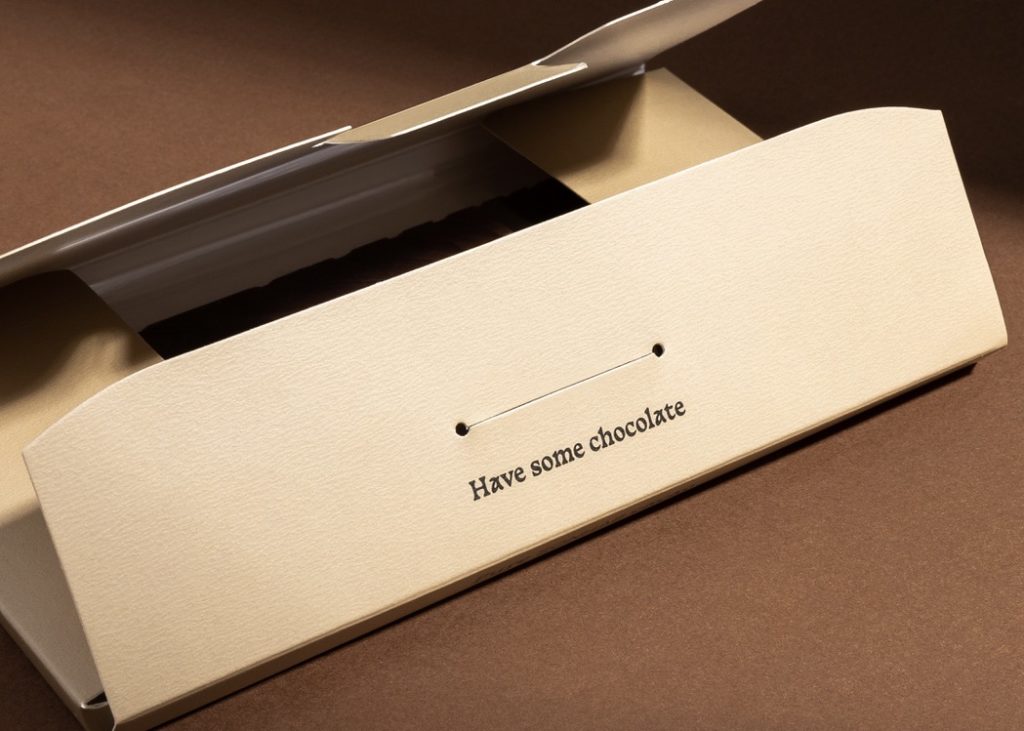
These eco-friendly food packaging options can include products packaged in cardboard catering boxes, cardboard food sleeves, and custom food service paper.
The push towards sustainability and zero waste may even see the introduction of edible food packaging in the future.
These edible packaging options may be made of rice paper, seaweed or even cornstarch.
Smart Packaging
In the age of smart devices – the intersection of technology and packaging is on the rise.
“Smart packaging” gives consumers the opportunity to interact with their packaging beyond simply opening it to access their food.
Technological elements on packaging such as QR codes, social media interaction, online games, etc. can excite consumers and improve their experience with your brand.
Especially in a time where it seems our only real interactions are through a phone or computer screen, the use of smart packaging is very appealing to the market right now.
These elements can be powerful tools for educating customers about your products through a simple click or scan on a smartphone.
Imagine allowing customers to simply scan the code on packaging that sends them to a landing page with more information about your food product.
Another use for smart packaging is helping brands track metrics such as Ph, temperature, etc. especially during a time where we need to be cautious of interacting with products in store.
This helps to ensure freshness, quality, and extended shelf life of food products.
For instance, sensors on food packaging can monitor quality with the label changing colors depending on if the food is spoiled or fresh enough to consume.
Customer expectations for technology integration will continue to increase as technology continues to take over.
Brands will need to keep up with trends to maintain a competitive advantage and meet consumer demand.
Personalized Packaging
Consumers are attracted to products that are personalized in various ways.
Personal touches such as names or messages on packaging can make your customers feel special and improve their experience with your brand.
Customers thrive to make authentic connections with brands.
So, what better way to do that than addressing your customers personally.
High-profile food and beverage brands have tried personalized packaging and have found success.
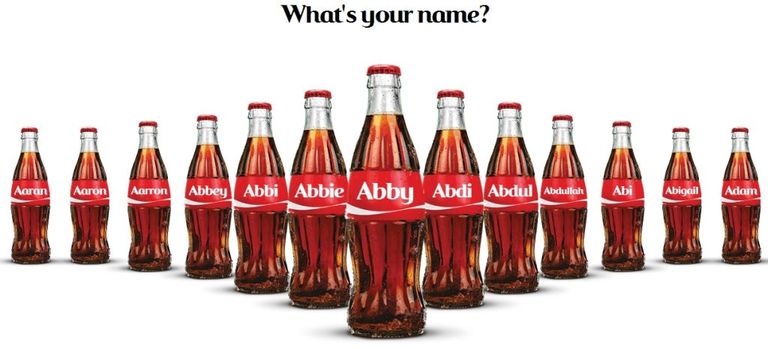
Especially in the middle of economic struggles that limit our interactions, customers feel drawn to communication, even if it’s through your packaging.
This growing trend is becoming an industry-standard as consumers desire more customizations and interactions with brands.
When Coca-Cola introduced their “Share a Coke” campaign, it created buzz and boosted sales.
Customers could personalize their coke bottles by adding a name to the coke bottle or can.
The packaging spoke to a consumer with that specific name, providing them with a truly personalized experience.
Research shows that personalization in marketing can boost revenue by up to 15%.
Beyond standard branding on your packaging such as colors, typography, and other branding elements, customers will be looking for more in saturated industries.
Consumers want to connect with the brands they purchase products from on a deeper level.
Brand storytelling is becoming more vital to draw consumers in and drive brand loyalty.
Packaging that is able to evoke emotions and positive sentiment from consumers will be appealing and tend to get more recognition depending on your industry.
Consumers are particularly attracted to food product packaging that reflects their lifestyle and dietary choices.
Customize your food packaging design to tell a unique story that matches the values of your targeted customers.
This gives you the opportunity to share your brand’s vision and philosophy when a customer interacts with your product and gives them a chance to align themselves with your products.
This is especially important if your food product is sold through e-commerce platforms where your customers cannot experience the packaging in-person before buying.
A strong brand story can provide an interactive experience for your customers without them having to touch or feel the packaging.
Determining ways to communicate the brand story on your packaging will be an important part of attracting customers whether you sell your food product offline or online.
Transparent Packaging
Another trend this year is food packaging made of transparent materials.
As consumers become concerned with the ingredients being used in food products and the process by which they’re made, the desire for more transparency from companies has increased.
This means allowing customers to eat with their eyes by seeing the food they are purchasing as well as informing your customers of ingredients and benefits.
Revealing what’s inside the packaging allows your brand to lead with honesty.
Misleading customers or misrepresenting your product with food images on the packaging can harm your relationship with those who purchase your product.
Remove the guesswork for customers by showing them exactly what they will receive with transparent and forthcoming information that communicates your product’s value versus opaque packaging.
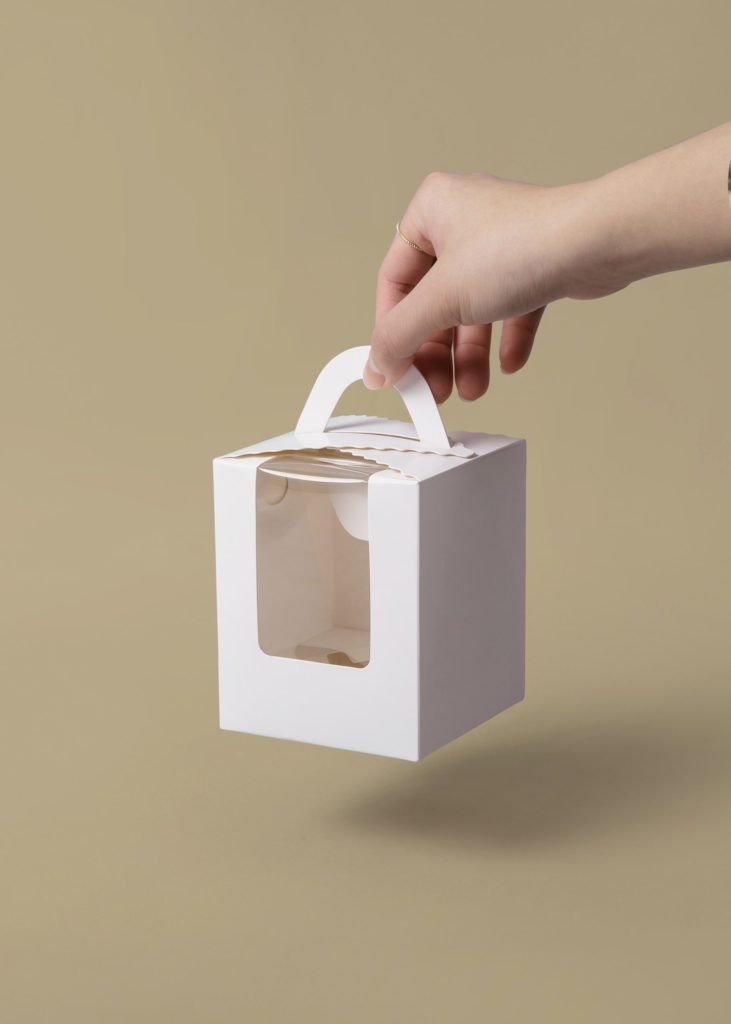
Labeling is another facet of transparent packaging that consumers are drawn to.
Consumers often feel the need to read the fine print to ensure companies aren’t hiding information such as harmful ingredients.
Instead, opt for clear and concise labeling to build more trust between your brand and consumers.
That’s a Wrap on Food Packaging Trends 2022!
Taking these trends into consideration can help your brand stand out to consumers in a world that has become so monotone.
Experiment with different food packaging designs to determine what is the right match for your product and you’ll soon see your food product “fly off the shelves.”
